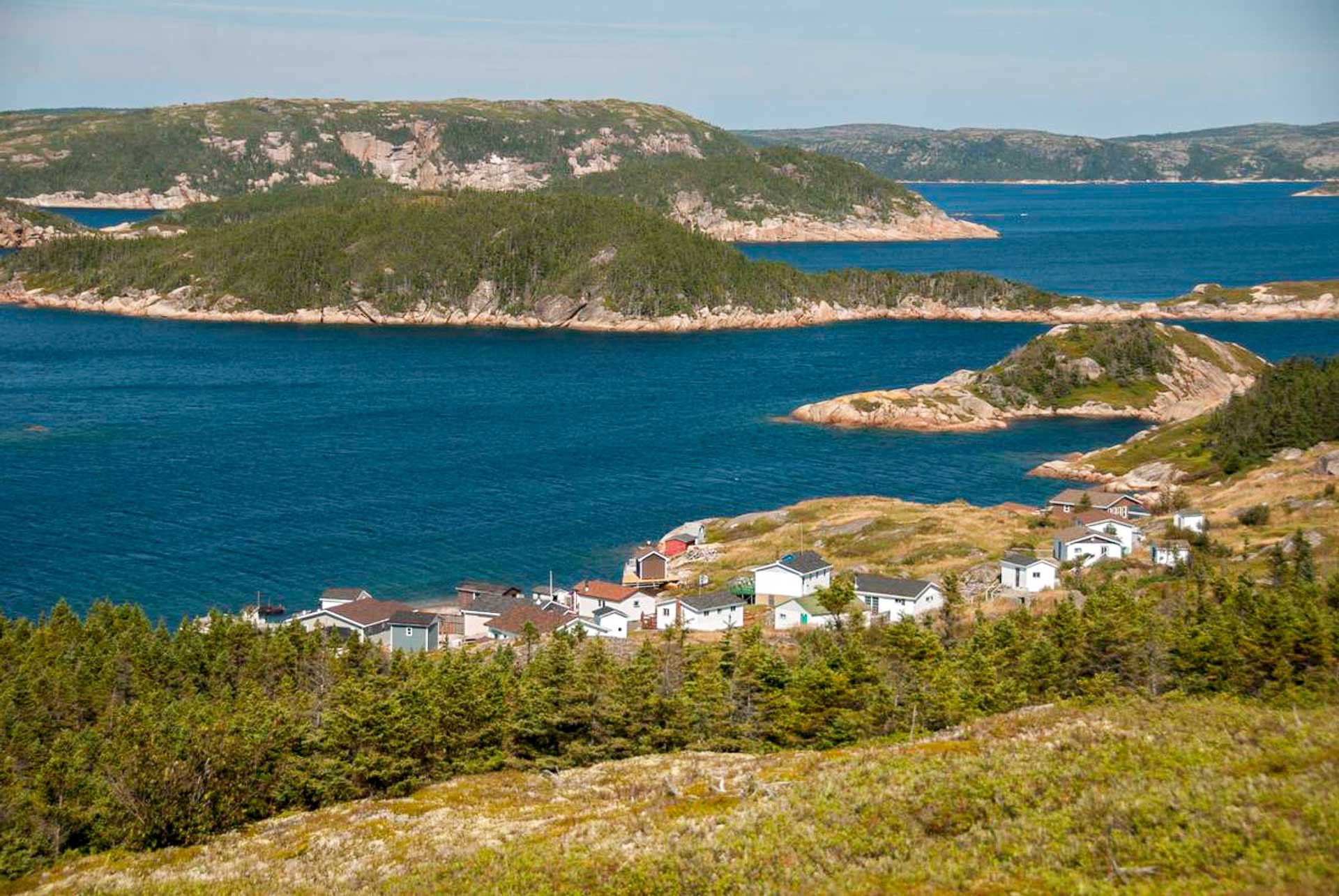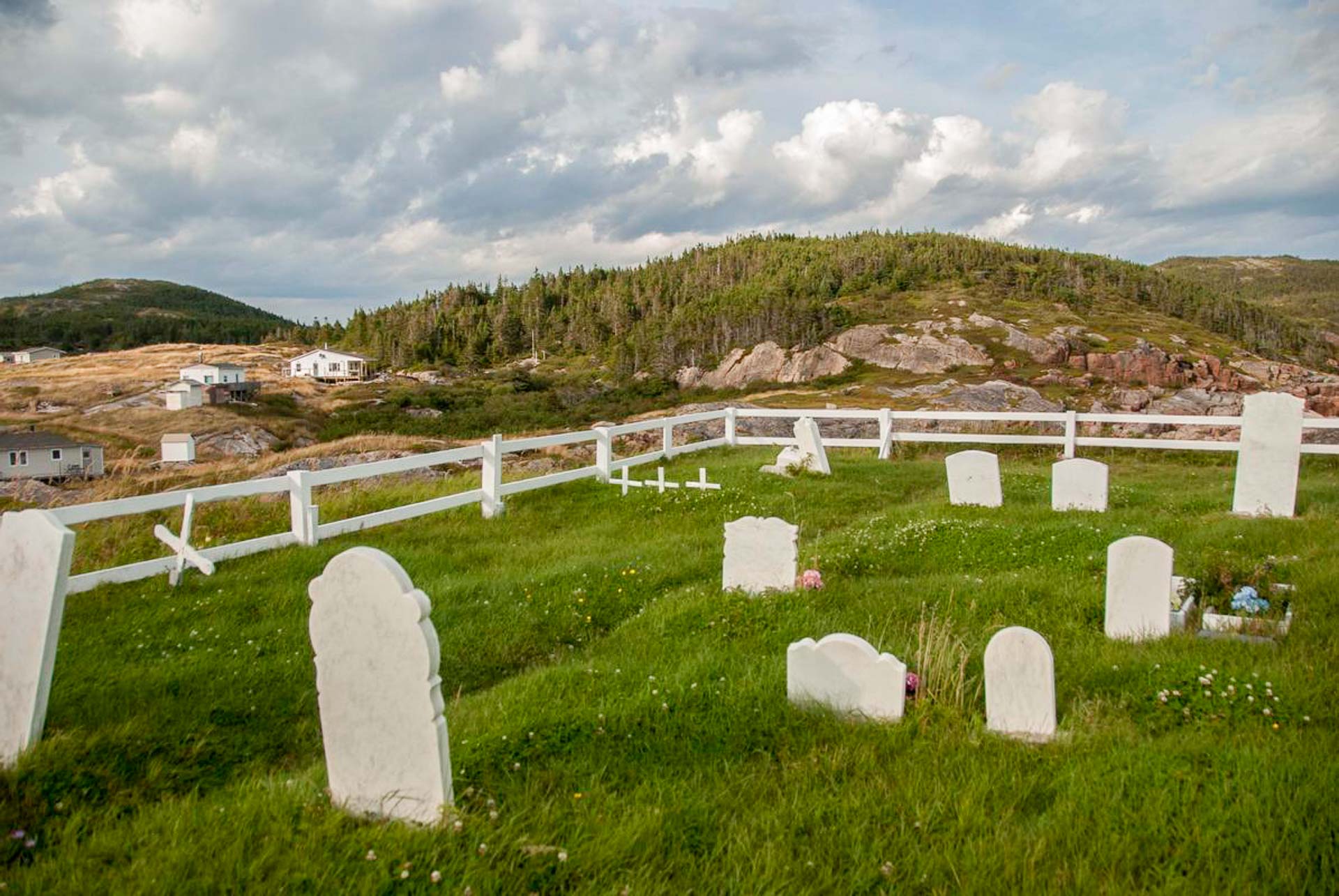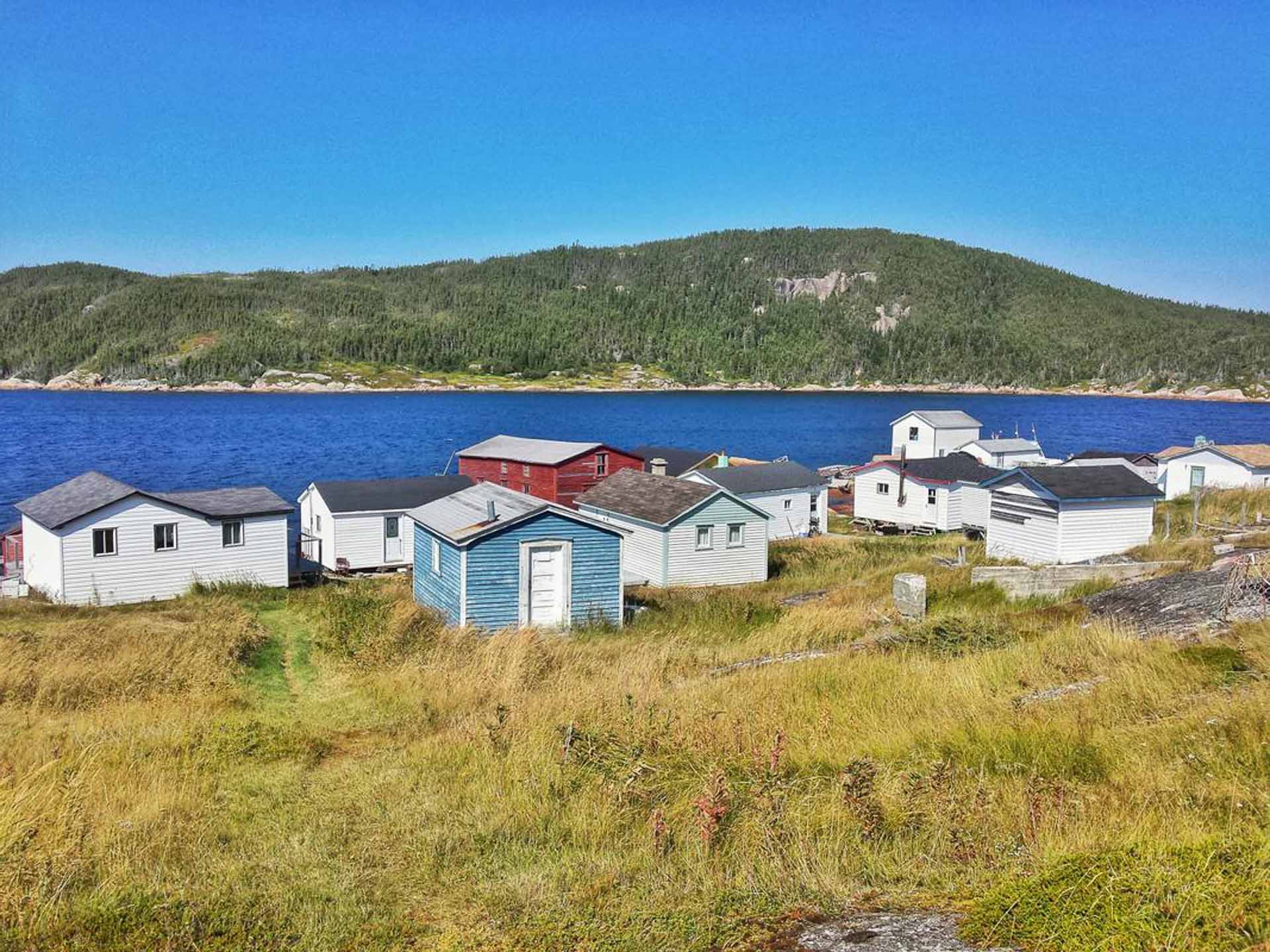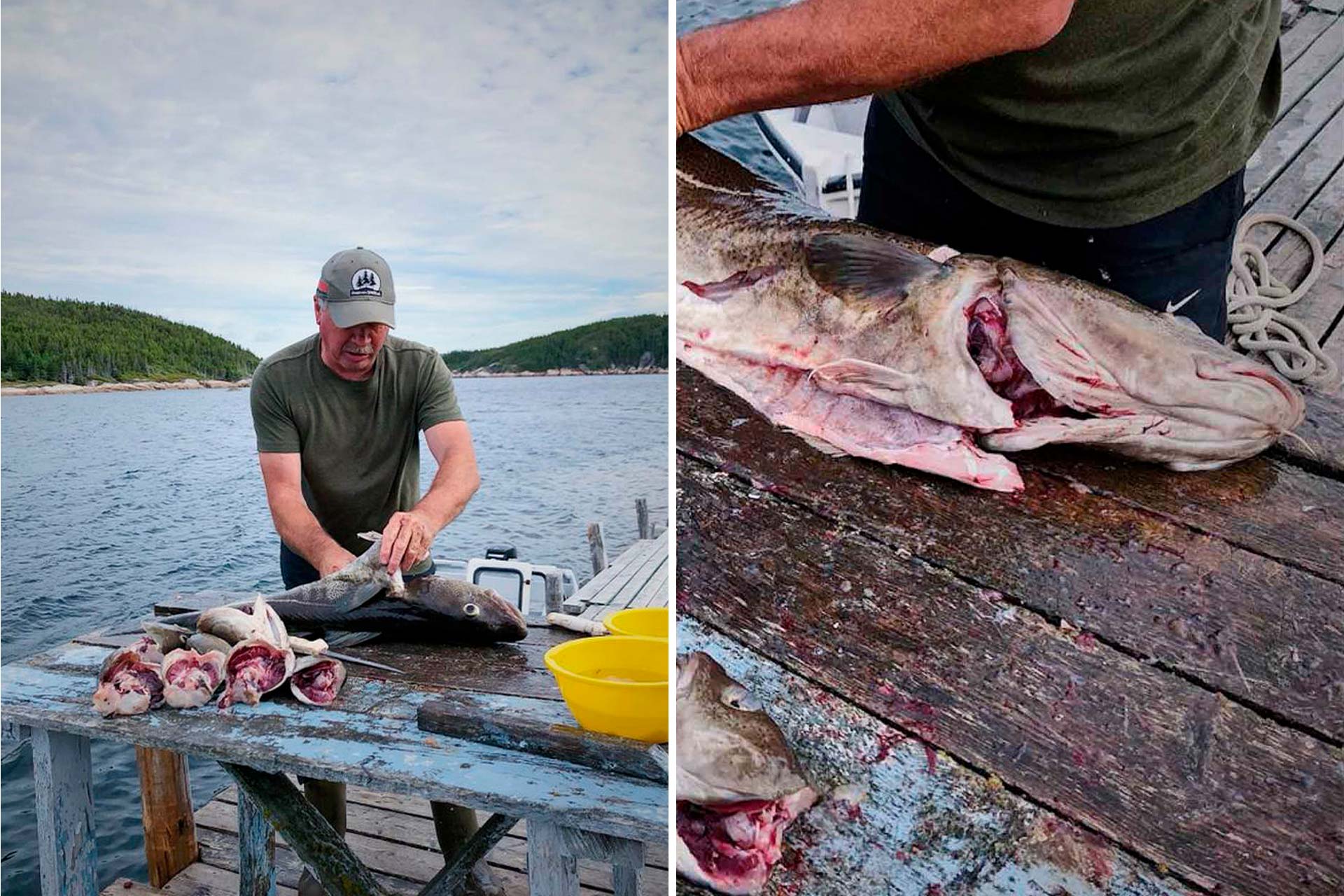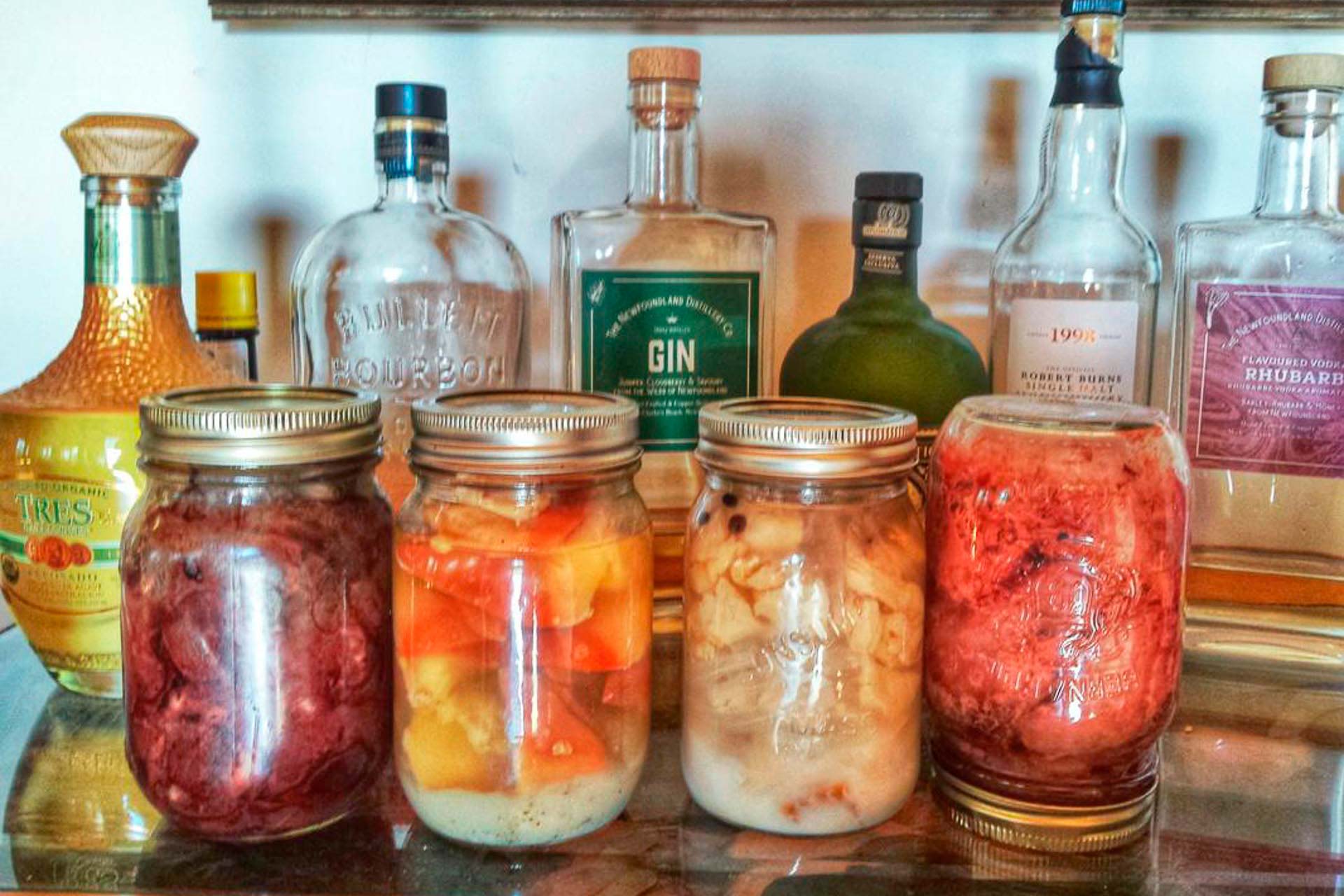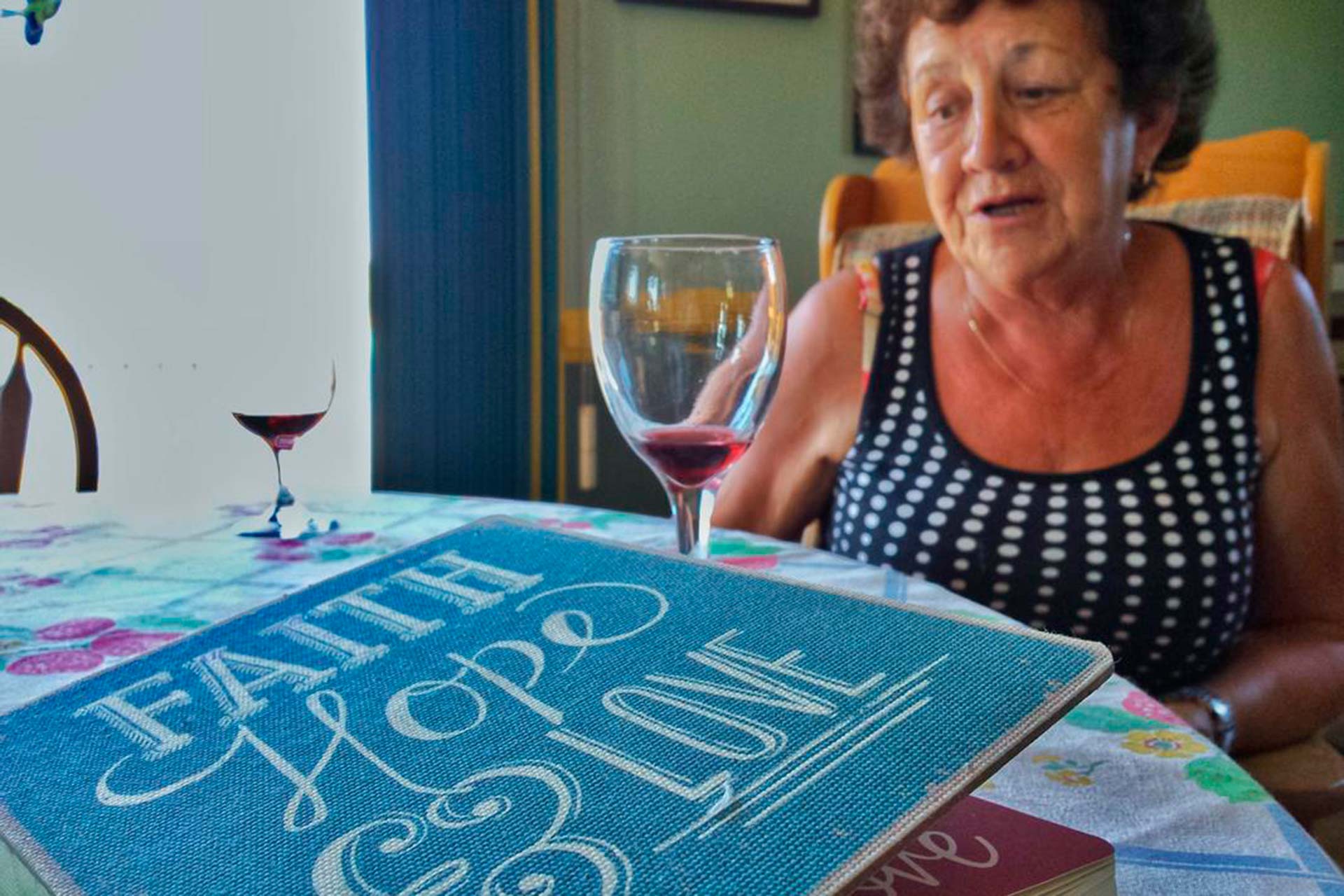Shane Noble steers his boat across the Bonavista Bay, cutting through the waves and spraying cold Atlantic water all over us. We drive past the tiny isles, hundreds of them, overgrown with pine and moss, all now uninhabited, apart from the occasional weekend cabin with its own tiny wooden pier.
We are headed towards Fair Island. Back in the day, when the Labrador Fishery was still active, it was a vibrant fishing community. The isle’s natural harbour was perfect for docking schooners used for cod fishing in the seas of Newfoundland. And it wasn’t just cod the rugged seamen were after – seal hunting was also a big industry, and controversially, it still happens.
Fair Island was one of the earliest settlements in Bonavista Bay going back to the 1600s. In the early 19th century the English settled and built the first fishing infrastructure. The population steadily grew, with people living off cod, herring, salmon and capelin fishing and, in season, when there was enough ice, seal hunting. There was also a lobster factory on the island that, at its height, had a workforce of 650. Men fished, while women bred goats and sheep, made mittens and quilts, and tended to their gardens on the neighbouring island so the livestock wouldn’t feast on already scarce crops. The beginning of the end of Fair Island started in the 1930s when the Labrador fishery declined. By 1952 there were only 8 fishing families left. The Canadian government decided the upkeep of Bonavista Bay settlements wasn’t sustainable anymore, so they issued a decree to vacate the islands and resettle the islanders on the mainland.
By the 1960s, Fair Island was a ghost island. Crumbling foundations and root vegetable cellars peeped eerily across the tall grass. There was nothing left apart from some wooden shacks for cleaning cod guts, gnarly and overgrown redcurrant bushes, and white gravestones in the cemetery. All the houses were gone, even the church, disassembled after one final service in 1961, towed to the harbour and floated across the bay on oil drums and rafts. It was the end of Fair Island and beginning of Centerville, a bayside town filled with wooden salt-box houses with fronts faded from iodine and wind.


